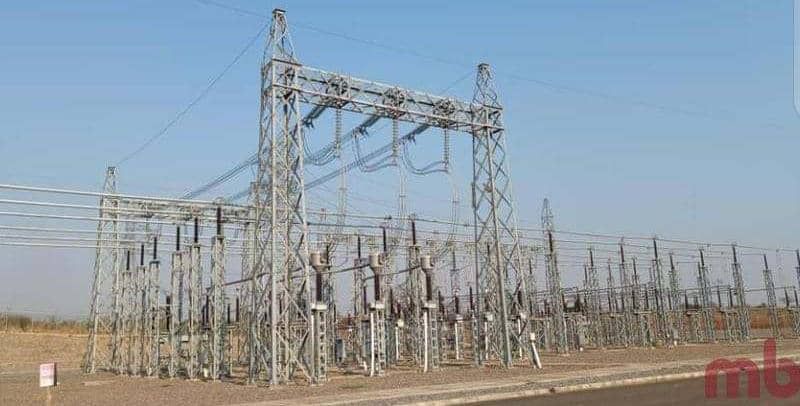By Burnett Munthali
The Electricity Supply Corporation of Malawi (ESCOM) has announced that Malawi will begin receiving electricity from Mozambique through the Mozambique-Malawi (MOMA) power interconnection project by June next year. This landmark development marks a significant step toward addressing the country’s persistent energy challenges and boosting its capacity for economic growth.
The MOMA power interconnection project is part of a larger effort to link Malawi to the Southern African Power Pool (SAPP), a regional electricity grid that allows member countries to share surplus power. This interconnection will enable Malawi to tap into Mozambique’s Cahora Bassa hydroelectric power station, one of the largest in Africa, offering a reliable source of electricity to complement the country’s existing but strained power generation infrastructure.

For years, Malawi has faced chronic power shortages, which have negatively impacted businesses, industries, and households. The country’s reliance on a limited number of hydroelectric power stations, which are vulnerable to environmental factors such as droughts and low water levels, has resulted in frequent power cuts and load shedding. This has stunted economic growth and affected critical sectors such as manufacturing, agriculture, and education.
The MOMA interconnection is expected to significantly ease these challenges. By importing power from Mozambique, Malawi will have access to a more stable and diverse energy mix, reducing its dependence on domestic hydroelectric generation. This will also create an opportunity for Malawi to explore the expansion of its industrial base, as reliable energy is a key component in attracting investment and boosting productivity.
The MOMA power interconnection is not only a technical achievement but also a testament to the growing regional cooperation between Malawi and Mozambique. The two countries have worked closely on energy-related projects in recent years, recognizing the mutual benefits of power-sharing and integration into the SAPP. Through this interconnection, both nations will further solidify their ties and enhance their roles within the broader Southern African energy market.
ESCOM officials have lauded the project, stating that the transmission line from Matambo in Mozambique to Phombeya in Malawi is nearing completion, with all necessary technical requirements on track to meet the June 2025 target. Upon completion, Malawi will be able to import up to 50 megawatts of electricity from Mozambique, with potential for further expansion as the interconnection matures.
The benefits of the MOMA project are expected to extend beyond improved energy access. Reliable electricity will contribute to job creation, improved health services, and enhanced educational opportunities, as institutions will no longer be hampered by frequent blackouts. Small and medium-sized enterprises (SMEs), which are often hit hardest by power outages, will have the ability to operate more efficiently, potentially driving economic diversification and growth.
In addition to meeting immediate energy needs, the project will provide the necessary foundation for future expansion of Malawi’s energy sector. As demand for electricity grows with the country’s population and industrial development, the MOMA interconnection will serve as a vital component in ensuring that the grid can meet the growing needs.
While the MOMA project is set to alleviate Malawi’s short-term energy crisis, it also raises questions about the country’s long-term energy strategy. Malawi is rich in renewable energy resources, particularly solar and wind power, which remain largely untapped. The government has signaled its intention to diversify the country’s energy mix by investing in renewables, reducing reliance on hydroelectricity, and enhancing energy security.
By integrating with the regional power grid through the MOMA interconnection, Malawi will have the opportunity to both import electricity and export excess power in the future, particularly if investments in renewable energy are realized. This shift toward a sustainable energy model could help mitigate the impact of climate change and ensure that Malawi’s energy infrastructure is resilient and future-proof.
The MOMA power interconnection project represents a major milestone in Malawi’s efforts to stabilize and improve its electricity supply. With power from Mozambique set to flow by June 2025, the country is poised to address its energy challenges and unlock new economic opportunities. As ESCOM continues to work toward the completion of the project, the focus on regional cooperation and sustainable energy development will be crucial in shaping Malawi’s energy future.










